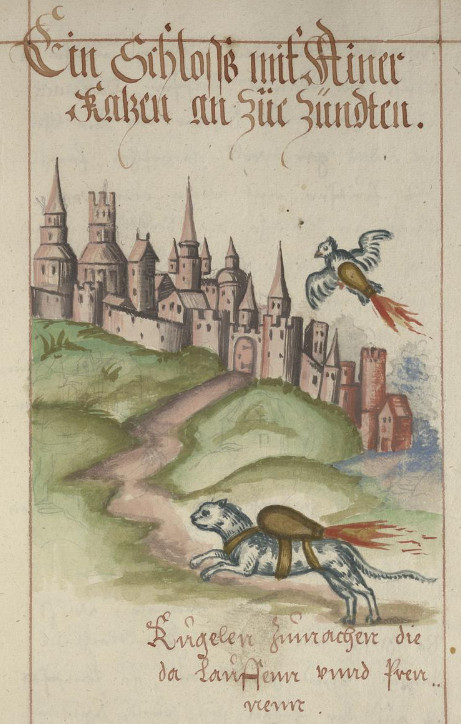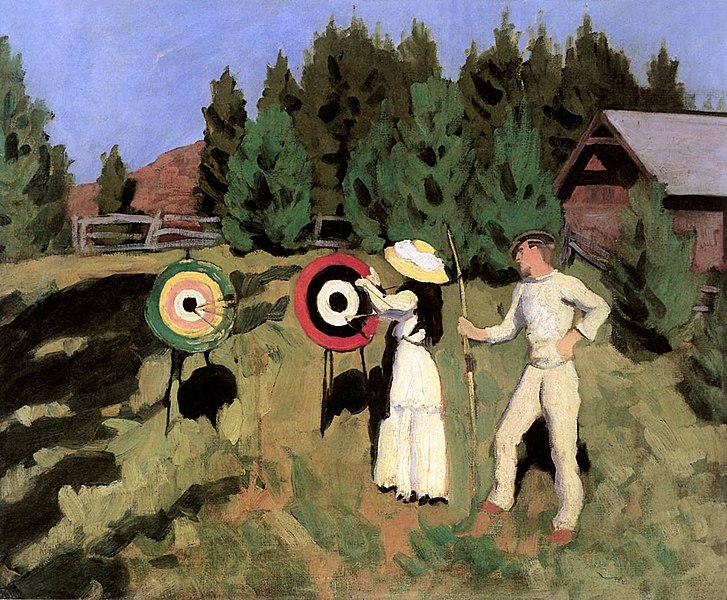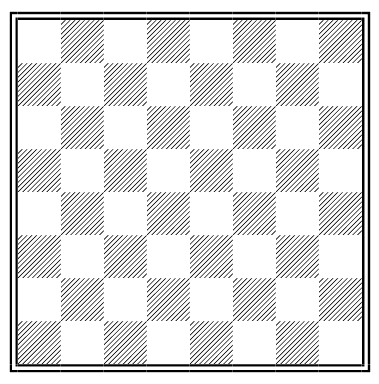
The Feuer Buech, a 1584 treatise on munitions by Franz Helm, contains a startling illustration: a cat and a bird approaching a town, each bearing a lighted explosive.
The image accompanies a section titled “To set fire to a castle or city which you can’t get at otherwise”; Penn curator Mitch Fraas translates the relevant section:
Create a small sack like a fire-arrow … if you would like to get at a town or castle, seek to obtain a cat from that place. And bind the sack to the back of the cat, ignite it, let it glow well and thereafter let the cat go, so it runs to the nearest castle or town, and out of fear it thinks to hide itself where it ends up in barn hay or straw it will be ignited.
Fortunately it appears this was never carried into practice … though possibly birds have been used for this purpose in Russia.





